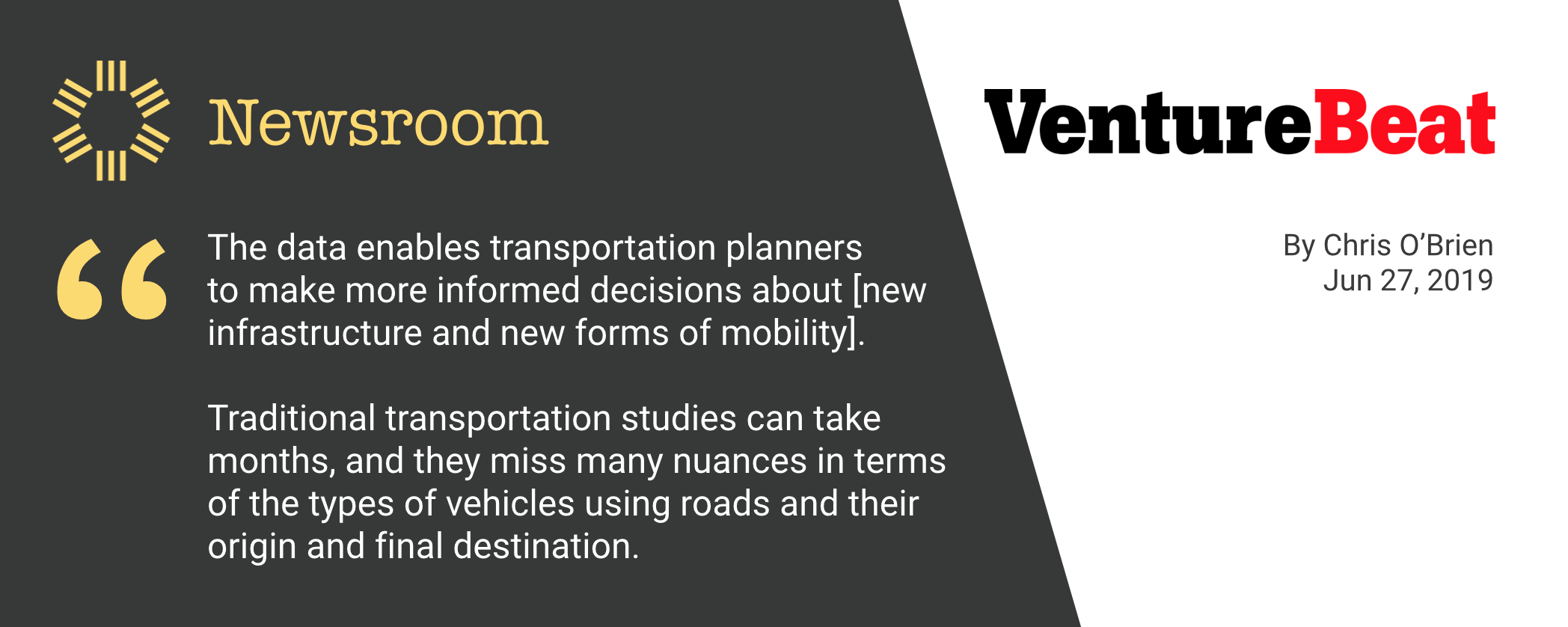
AI and Crowdsourcing Fuel Mapping Innovation To Meet Smart City Needs

Written by Chris O’Brien, VentureBeat. Full story originally published by VentureBeat, June 27, 2019.
Google and Apple loom so large over the field of digital mapping that it’s understandable why it may seem they represent the beginning and the end of this market. But the demands of a wide range of services such as autonomous vehicles and smart cities are giving rise to a new generation of mapping competitors who are pushing the boundaries of innovation.
San Francisco-based StreetLight Data is helping city planners by assembling data from trillions of location-based services (LBS) and GPS and cellular data points. This data comes from a variety of public and private sources including cell phone data, car navigation data, commercial truck navigation systems, and partnerships with various mobility companies. The result is a platform that offers insight into travel patterns for cars, bikes, and pedestrians.
“I could look at any city for the last year or two and tell you basically the volume of growth of traffic between cars and bicycles, weekend versus a weekday, from a football game day as opposed to a normal work day,” said Martin Morzynski, StreetLight’s vice president of marketing and product management. “It gets pretty deep into detail.”
The data can distinguish, for instance, cohorts of commuters as they move through various stages of trips, from walking to taking shared scooters, to getting on a train and then catching an Uber. Some clients are using it to optimize parking lots or design new bike networks.
But on a larger scale, the data enables transportation planners to make more informed decisions about new projects. That includes both building new infrastructure and allowing new forms of mobility. Traditional transportation studies can take months, and they miss many nuances in terms of the types of vehicles using roads and their origin and final destination.
“It’s a massive investment in this infrastructure about where they place it and how they design it,” Morzynski said. “This kind of data comes to the rescue to help them figure out how to do it.”
Read the full story here on venturebeat.com.
Join the Conversation
Subscribe to Insights & Research
Please provide your contact information so we can send the latest insights and research from StreetLight to your inbox; you can unsubscribe at any time.